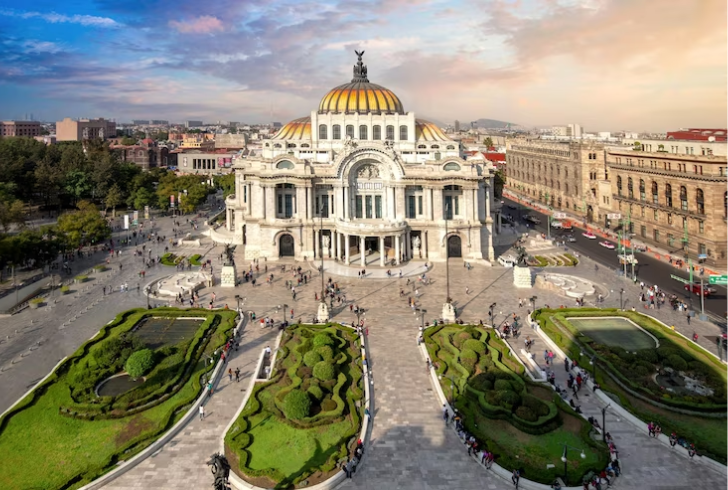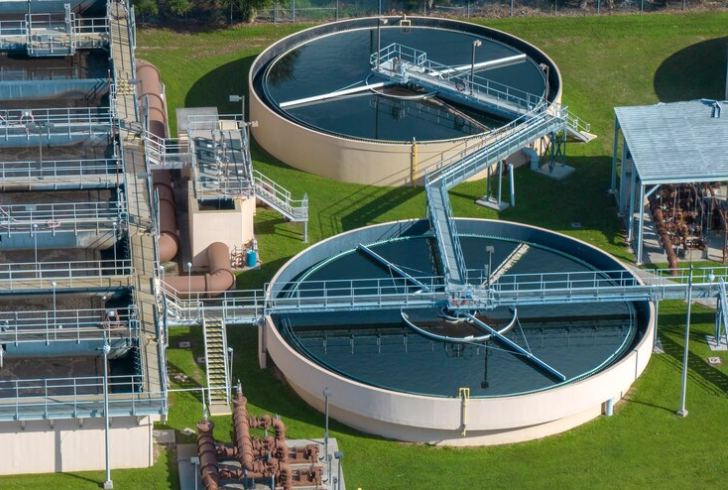For Alejandro Gomez, a resident of Mexico City’s Tlalpan district, running water has become a luxury. For over three months, his taps have been dry, with water only trickling in for an hour or two, barely enough to fill a few buckets. Without a large storage tank, Gomez can’t receive water truck deliveries, leaving him and his family to ration what little they can purchase and store.
In a city that is home to nearly 22 million people, making it one of the largest in the world, water shortages are not a new phenomenon. However, the current situation feels different, especially with the onset of warmer weather.
The Water Crisis

Freepik | Mexico City faces a severe water crisis due to various challenges, including geographical factors.
Mexico City is grappling with a severe water crisis, a result of a complex web of issues, including geographical challenges, haphazard urban development, aging infrastructure, and the effects of climate change. Extended periods of unusually low rainfall, prolonged dry spells, and high temperatures have put additional pressure on an already strained water system. As a result, authorities have had to impose significant restrictions on the amount of water pumped from reservoirs.
Christian Domínguez Sarmiento, an atmospheric scientist at the National Autonomous University of Mexico (UNAM), notes that several neighborhoods have been without water for weeks, and the rainy season is still four months away. While politicians downplay the crisis, some experts warn that Mexico City could be heading towards a “day zero” scenario within months, a situation where the taps run dry for large parts of the city.
A City Built on a Lake
Mexico City, densely populated and situated on a high-altitude lake bed, is built on clay-rich soil. The city, which is now sinking and prone to earthquakes, is highly susceptible to climate change. The Aztecs originally built their city, Tenochtitlan, on this spot in 1325, when it was a series of lakes. They expanded the city outwards from an island, creating a network of canals and bridges to work with the water.

Freepik | EyeEm | Mexico City relies on its underground aquifer for 60% of its water supply.
However, when the Spanish arrived in the early 16th century, they drained the lakebed, filled in the canals, and deforested the area, viewing water as an adversary to be conquered for the city to prosper. This decision set the stage for many of Mexico City’s current problems.
The Struggle for Water
Approximately 60% of Mexico City’s water comes from its underground aquifer, but over-extraction has caused the city to sink at an alarming rate of around 20 inches per year. The aquifer is not being replenished fast enough, as rainwater rolls off the city’s hard, impermeable surfaces instead of seeping into the ground.
The remaining water is pumped uphill over long distances from sources outside the city, a highly inefficient process during which around 40% of the water is lost through leaks. The Cutzamala water system, which supplies about 25% of the water used by the Valley of Mexico (which includes Mexico City), is currently at a historic low of around 39% capacity due to severe drought.
The Threat of “Day Zero”
The looming water crisis has sparked a heated debate about whether the city will reach a “day zero,” where the Cutzamala system falls to such low levels that it will be unable to provide any water to the city’s residents.

Freepik | bilanol | Improving wastewater treatment and implementing rainwater harvesting are solutions for the water crisis.
While authorities assure residents there will be no day zero, many experts warn of a spiraling crisis. If the city continues its current water usage, it could run out of water before the rainy season arrives.
The Path Forward
For nearly a decade, experts have been warning officials of the danger of a day zero for Mexico City. They propose solutions such as better wastewater treatment, rainwater harvesting systems, fixing leaks, and nature-based solutions like restoring rivers and wetlands. But, in the meantime, tensions are rising as some residents are forced to cope with shortages while others, often in wealthier areas, remain mostly unaffected.
Amanda Martínez, another resident of the city’s Tlalpan district, said for people here, water shortages are nothing new. But it’s getting worse. Sometimes more than two weeks can go by without water, and she fears what may be coming. As the city grapples with this crisis, it serves as a stark reminder of the importance of sustainable water management and the urgent need for solutions to ensure that everyone has access to this essential resource.